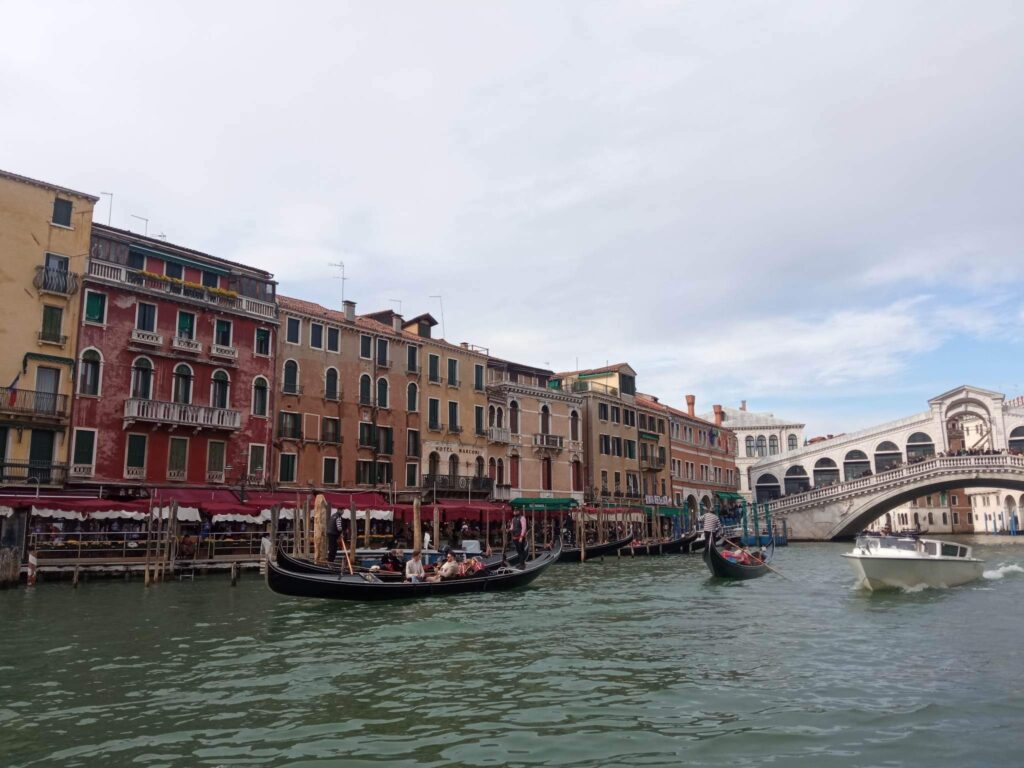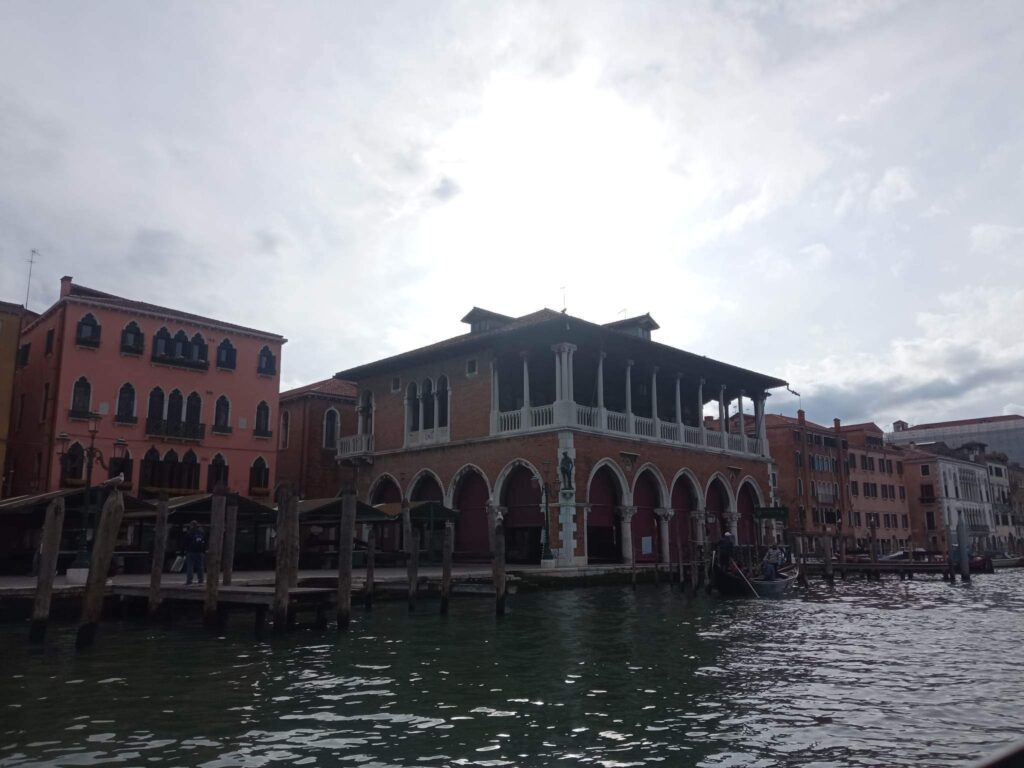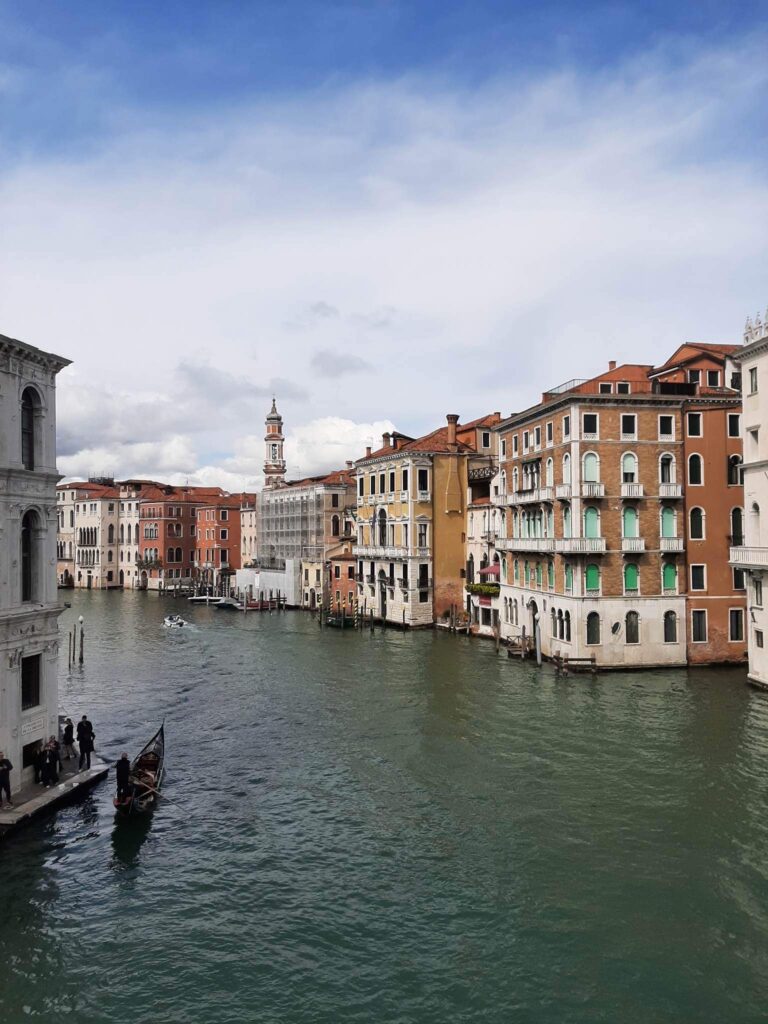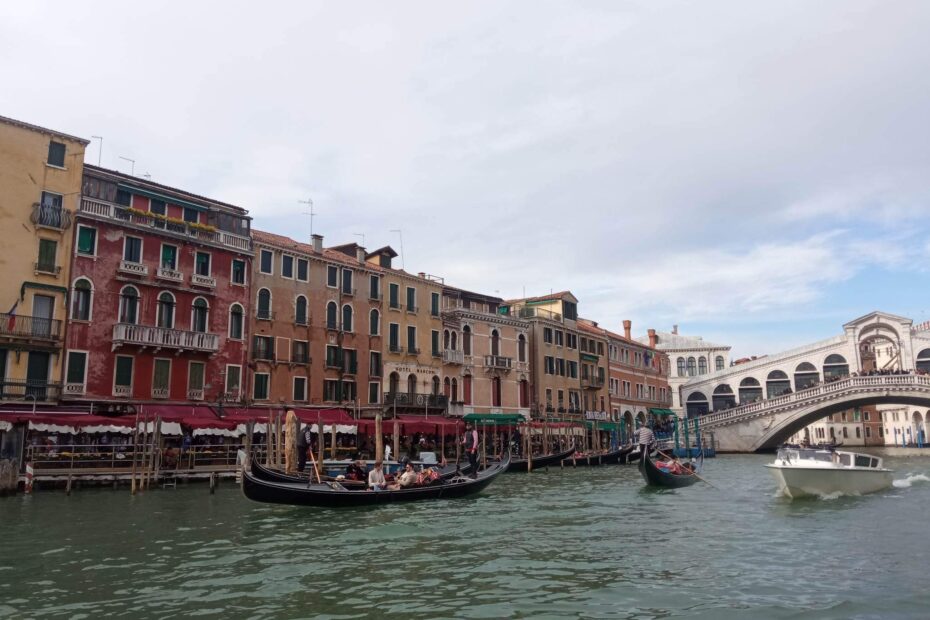Venice is known for its art and architecture; it has rich and varied architectural styles, the most famous of which is the Gothic style.
Venetian Gothic is a particular form of Italian architecture typical of Venice. It was created by local building requirements and contains some influences from Byzantine and Islamic architecture, reflecting Venice’s commercial network.
This architectural style was particularly necessary for Venice because buildings and houses had to be built on the canals. And the Venetian Gothic style of architecture allowed structures to be erected on closely spaced wooden stilts to create a solid base in the water. The main examples of this style are the Doge’s Palace and Ca’ d’Oro.
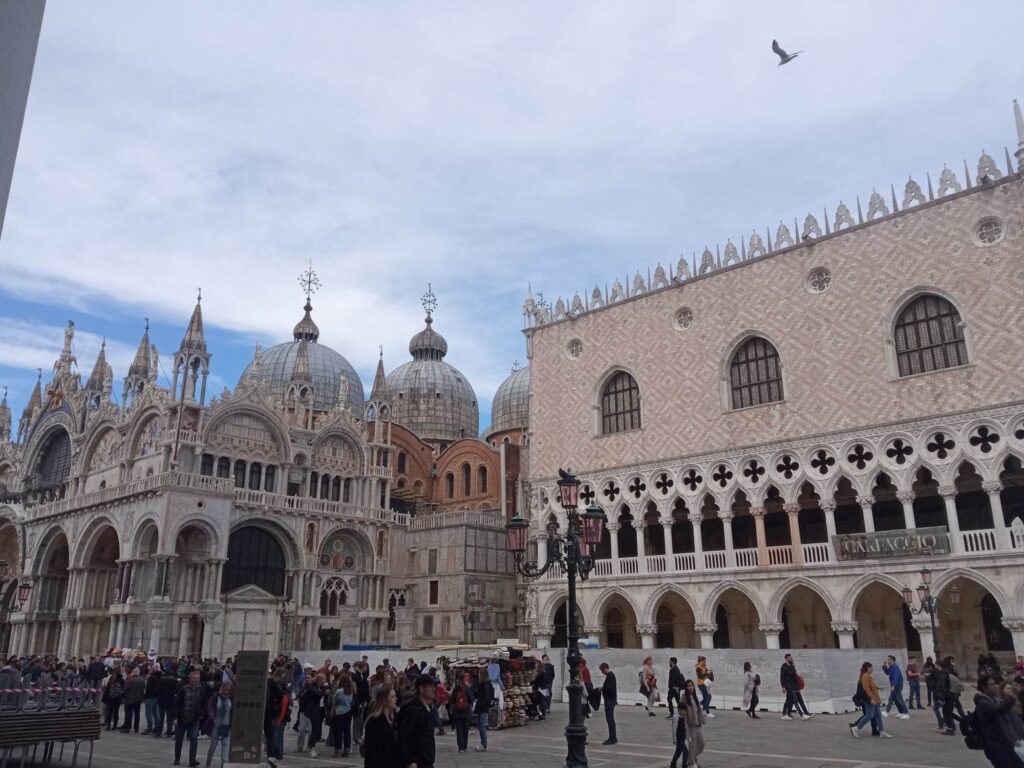
History of style
The beginning of the style probably dates back no further than the 13th century. It dominated the 14th century, and because of the city’s conservatism, Venetian Gothic buildings, especially smaller palaces, continued to be built until the second half of the 15th century, and Venetian Renaissance architecture retained reminiscences of its Gothic predecessor.
Venetian taste was conservative, and Renaissance architecture only really became popular with buildings from around 1470. More than in the rest of Italy, it retained much of the typical form of Gothic palazzi, which evolved to adapt to Venetian conditions. In contrast, the transition to Baroque architecture was also quite smooth. This gives the crowded buildings on the Grand Canal harmony, even where buildings from very different periods stand side by side.

Architectural influences
The influence of Islamic architecture is reflected in some of the features of the Venetian style, particularly the use of color and pattern on exterior walls, and sometimes stone grilles on windows and purely decorative crenellations on rooflines. During this period, the Venetian economy was heavily involved in trade with both the Islamic world and the Byzantine Empire, and the architectural styles of the two countries were intertwined, especially in the early Islamic period.
For example, decorating walls with large veneers of fancy colored marble or other stones was a Venetian taste, and was also found in Byzantine and Islamic architecture. Both derived it from imperial Roman architecture.
